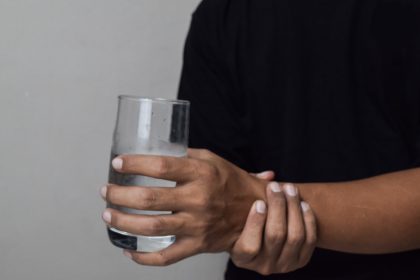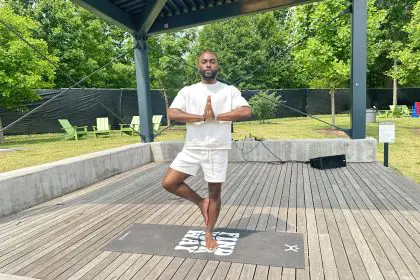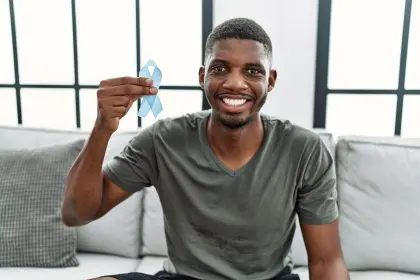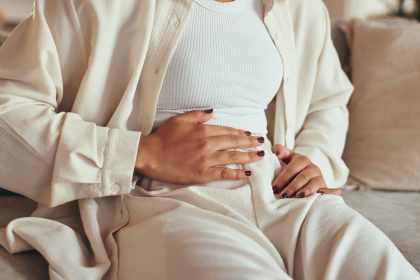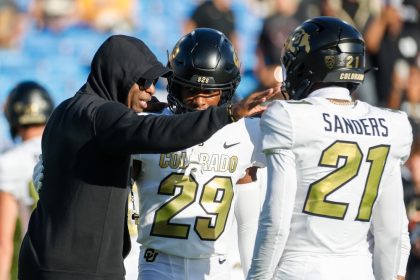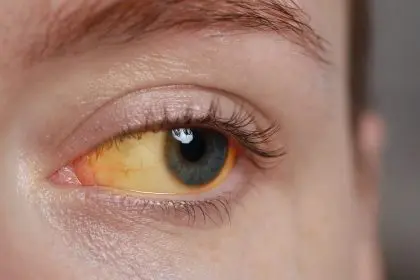
Fit Fridays with Holly Lowe Jones and how to regulate your body temperature during exercise
Have you ever wondered how someone can exercise or complete in events like an Ironman Triathlon (170.3 miles) while in the extreme desert heat of a place like Kona, Hawaii, without overheating?
The body is equipped with complex mechanisms that balance heat and other environmental conditions while we are active.
The authors of Physiology of Sport and Exercise give a great example of this, “A 154 lb. marathon runner who runs a 2:30 marathon will produce about 1,000 W of metabolic heat. Without replacing fluids, however, our hypothetical runner would lose about 7% of his body weight.”
Human beings are homeothermic.This means that our internal body temperature is physiologically regulated. The body truly functions like a machine when taken care of. Here’s the science behind how our bodies adapt to temperature during exercise and activity.
Physiological mechanisms that regulate internal body temperature:
1. Heat transfer
* Conduction occurs when heat is transferred from one object to another via contact
* Convection is when heat is transferred from the motion of a gas or liquid across the heated surface
* Radiation, the main method of heat elimination while at rest
* Evaporation is by far the primary means of heat loss during physical activity
2. POAH (preoptic-anterior hypothalamus) is our primary thermoregulatory center; a built-in thermostat. It receives its information from the following-
* Peripheral receptors in the skin
* Central receptors in the hypothalamus (located in the brain)- the more sensitive of the two types of receptors.
3. Effectors stimulated by hypothalamus which alter body temperature
* Increased skeletal muscle activity (voluntary or involuntary). Example: exercise or shivering.
* Increased sweat gland activity (evaporative heat loss)
* Smooth muscle in skin dilates vessels to conduct blood to skin for heat transfer (as seen in the flushing/redness that occurs from exertion)
Humans are better at adapting to heat than cold because we are essentially tropical beings. Our physiology allows us to cool ourselves naturally, from our internal mechanisms. But we aren’t able to adapt to the cold in the same way. Our ability to warm ourselves in cold temperatures is largely dependent on external factors and behaviors such as adding layers of clothing, huddling closer to someone, or going indoors.
I find it fascinating how well-designed our physiology is. Understanding how our bodies regulate temperature during exercise can help you to maximize your workouts regardless of the season.
Wishing you health and happiness,
HLJ
Holly Lowe Jones is a media professional, certified fitness and nutrition expert, and personal trainer (ISSA). A member of the National Association for Health and Fitness, Jones is also a seasoned triathlete who competes in her spare time.
For more information, please visit her website www.hollylowejones.com.
Facebook: www.facebook.com/hollylowejones
Instagram and Twitter: HollyLoweJones

